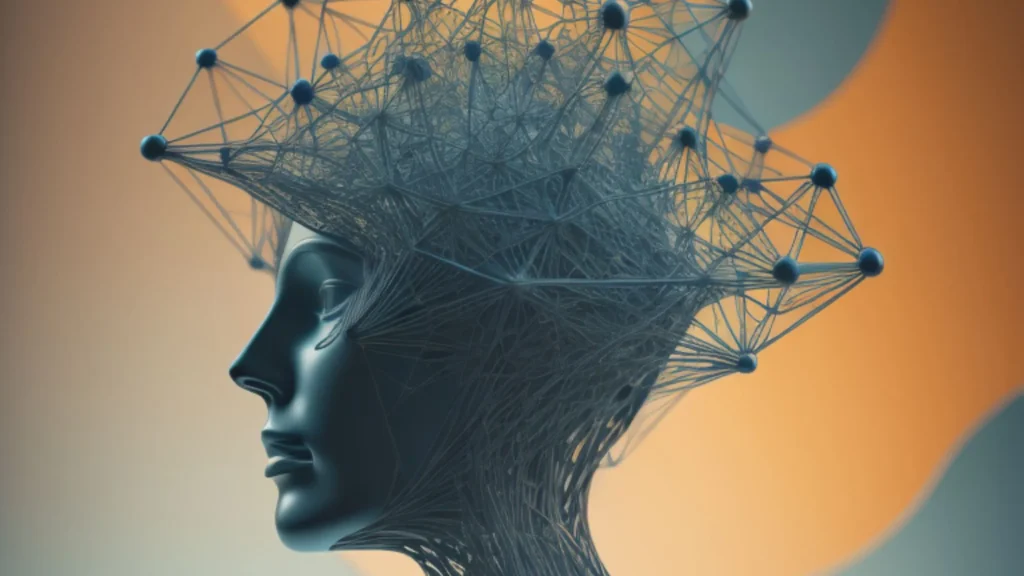Hello, curious minds! Today, we embark on a fascinating journey into the realm of Neural Networks explained. Fear not, as we unravel the complexity step by step, using simple language to explore the magic behind this cornerstone of artificial intelligence.

The Brain’s Digital Cousin
Imagine a digital cousin of the human brain – that’s the essence of a Neural Network. Just as our brains process information, make decisions, and learn from experiences, Neural Networks simulate these cognitive abilities using algorithms and layers of interconnected nodes.
Building Blocks – Neurons
Our journey begins with the basic building blocks called neurons. These digital neurons are inspired by their biological counterparts and serve as information processors. They receive inputs, apply mathematical operations, and produce an output – a digital rendition of how our brain’s neurons function.
Layer by Layer – The Architecture
Neural Networks are organized in layers. The first layer receives input data, the middle layers (hidden layers) process information, and the last layer produces the final output. This layered architecture mimics the hierarchical processing in our brains.
Synaptic Strength – Weights and Bias
In our digital brain, connections between neurons carry weights. Think of these weights as the strength of synaptic connections in our biological brains. Additionally, we have biases, which allow flexibility in the learning process by shifting the output.
Learning Curve – Training the Network
The magic happens during training. The Neural Network learns by adjusting its weights and biases based on the input data and desired output. It’s akin to teaching the network through examples, allowing it to generalize and make accurate predictions.
Backpropagation – Fine-Tuning the Skills
Backpropagation is the neural network’s coach. When the network makes a mistake, backpropagation identifies the error, adjusts the weights and biases backward through the layers, and fine-tunes the network’s skills. It’s a continuous loop of learning and refinement.
Types of Neural Networks Explained
Just as there are various roles in our brain, there are different types of Neural Networks. From feedforward networks for straightforward tasks to recurrent networks for sequential data and convolutional networks for image-related tasks – each has its unique purpose.
Deep Dive – Into Deep Learning
When we encounter deep learning, it’s essentially Neural Networks explained with multiple hidden layers – deep neural networks. This depth allows them to grasp intricate patterns and representations, making them powerful in tasks like image recognition and language processing.
The AI Virtuoso – Applications Galore
Neural Networks are virtuosos in the AI world. They power facial recognition, voice assistants, recommendation systems, and even autonomous vehicles. Their ability to discern patterns and learn from data makes them indispensable in our tech-driven era.
The Future Unveiled
As our journey concludes, we witness the unfolding future of Neural Networks. With ongoing research and advancements, these digital brains continue to redefine what’s possible in artificial intelligence, promising a world where machines understand, learn, and adapt just like us.
In the realm of Neural Networks explained, the future is now, and the possibilities are limitless. May your understanding of this digital wonder deepen, and your curiosity propel you into the heart of AI’s transformative power. Happy exploring!
1 thought on “Neural Networks Explained: Demystifying the Magic of Artificial Intelligence”